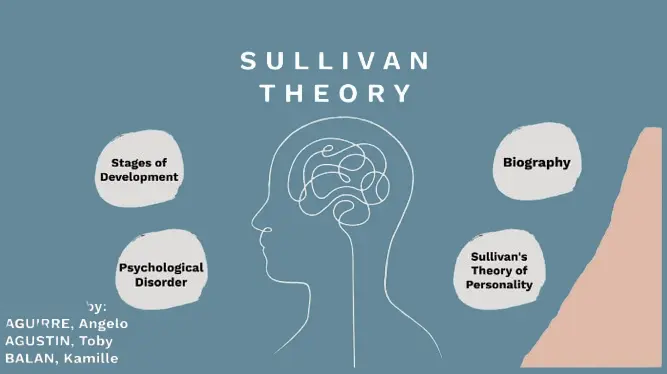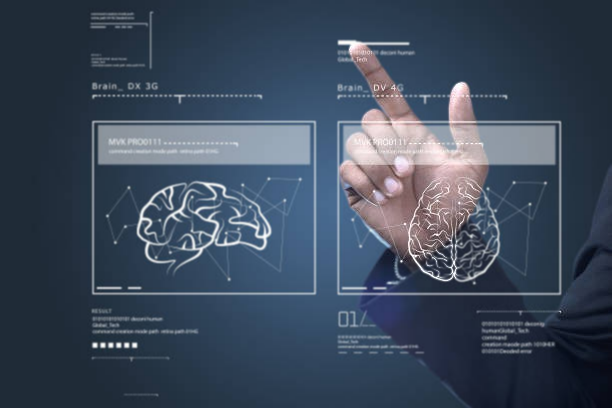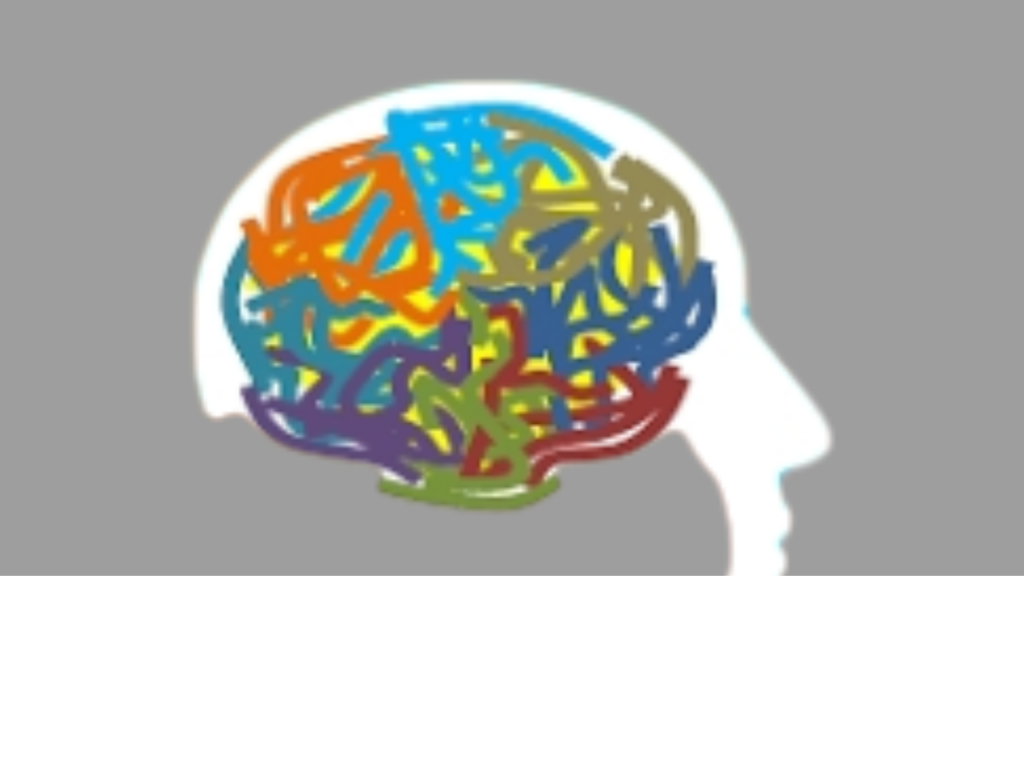Microdosing proponents assert that the technique has several advantages, such as improved creativity and a decrease in depressive symptoms. However, recent studies indicate that the hype is not well supported.
Microdosing was once a quite unknown procedure, but in recent years it has gained popularity.
Some people assert that psychedelic chemicals can have a variety of positive effects on both physical and mental health when used in small dosages, or micro doses. It is said that these minuscule dosages optimize the advantages of psychedelic compounds while avoiding the unpleasant side effects that they are typically associated with.
Microdosing: what is it?
Taking extremely small amounts of a material—typically a hallucinogenic drug—is known as Microdosing. Despite the fact that the amount of the chemical taken is far less than what is needed to cause hallucinations, supporters of the practice think there are a number of health benefits that can result from it.
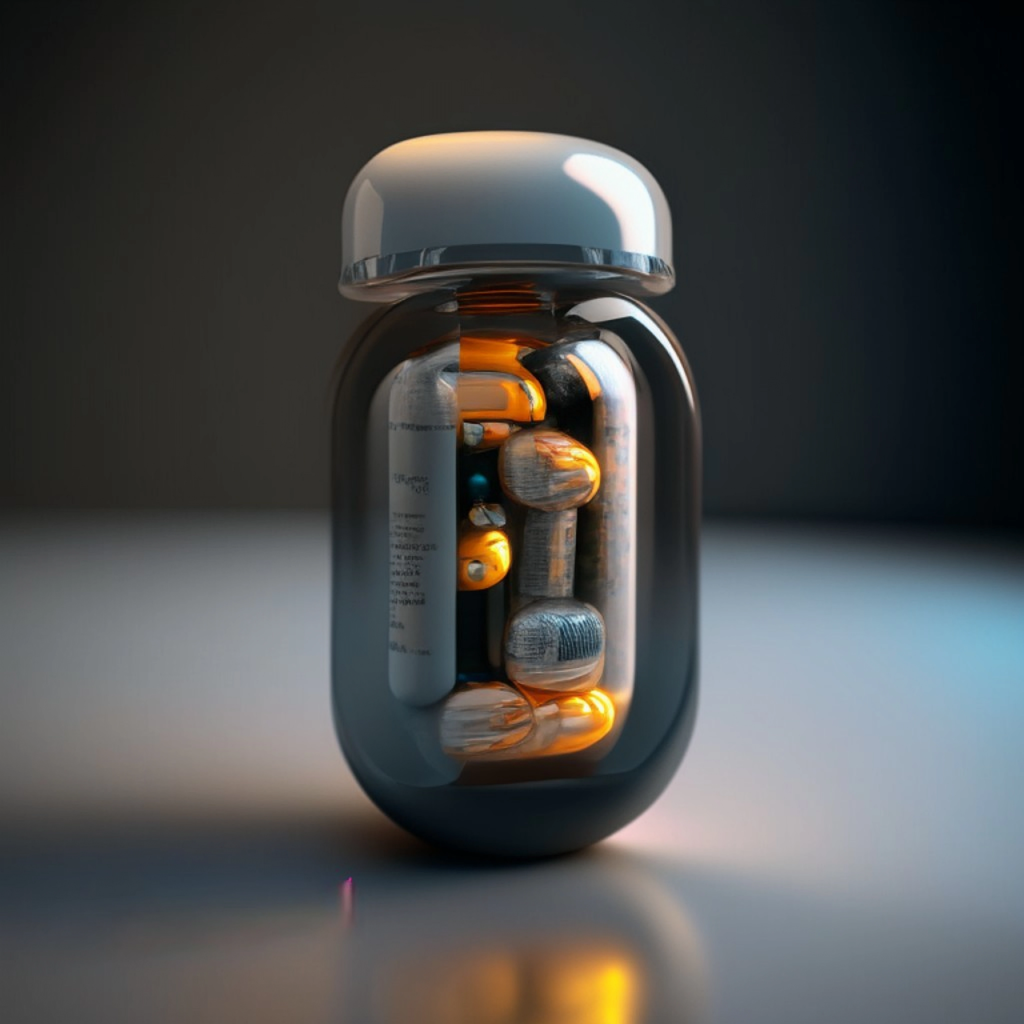
It is said that these little dosages improve day-to-day functioning without producing a markedly altered state of awareness.
Individuals are driven to microdose for many reasons. Among these are the desires to:
- reduce the symptoms of mental illness (such as depression and anxiety)
- Boost output and encourage social engagement
- Boost your inventiveness
- Enhanced vitality,
- sharper focus,
- better attention,
- and a decrease in bodily symptoms (such headaches and tense muscles)
- alleviate menstruation discomfort
Substances used in Microdosing
These are the following substances used in microdosing:

- Ayahuasca: Originating in South America, this intoxicating beverage or tea is a component of several religious rituals.
- CBD, or cannabidiol: The second most common cannabinoid in marijuana is called CBD. It is thought to help reduce tension and anxiety because it is non-psychoactive.
- Cannabis: Often referred to as marijuana, it is said to help reduce anxiety and enhance focus. It can also be administered as a microdose.
- Ibogaine: Cultivated in Central Africa, this root bark is occasionally utilized in traditional spiritual medicine. It may be useful in treating opioid dependence, according to some research.
- Ketamine: During surgery, this drug is typically used to induce and maintain sedation and pain management.
- Diethylamide lysergic acid (LSD): The most widely used drug for microdosing is thought to be LSD, which is said to increase focus, productivity, and creativity in users.
- Peyote-derived mescaline: Mescaline is a naturally occurring psychedelic with effects akin to those of LSD that has been deeply ingrained in Native American culture. Although it is prohibited in the United States, some religious organizations and scientific studies are permitted to utilize it.
- MDMA, or methylenedioxyamphetamine: MDMA, also referred to as ecstasy or molly, is a psychoactive substance that is mostly used recreationally. It boosts sentiments of empathy and self-awareness and has invigorating benefits.
- Cialis (methylphenidate): In addition to treating narcolepsy and ADHD, this drug is occasionally taken recreationally to improve sports or academic achievement.
- Nicotine: People who microdose nicotine, which is commonly included in tobacco products, claim that it can help with focus and memory.
- DMT, or N,N-dimethyltryptamine: DMT causes brief but powerful hallucinations. Proponents claim that a microdosage can help lower anxiety and enhance spiritual awareness.
Advantages of Microdosing
When asked about perceived benefits in one study, participants mentioned the following successful results:
- elevated mood
- Enhanced concentration
- Originality
- Self-assurance
- Enhanced vitality
- Social advantages
- cognitive advantages
- Decreased fear
Mental health
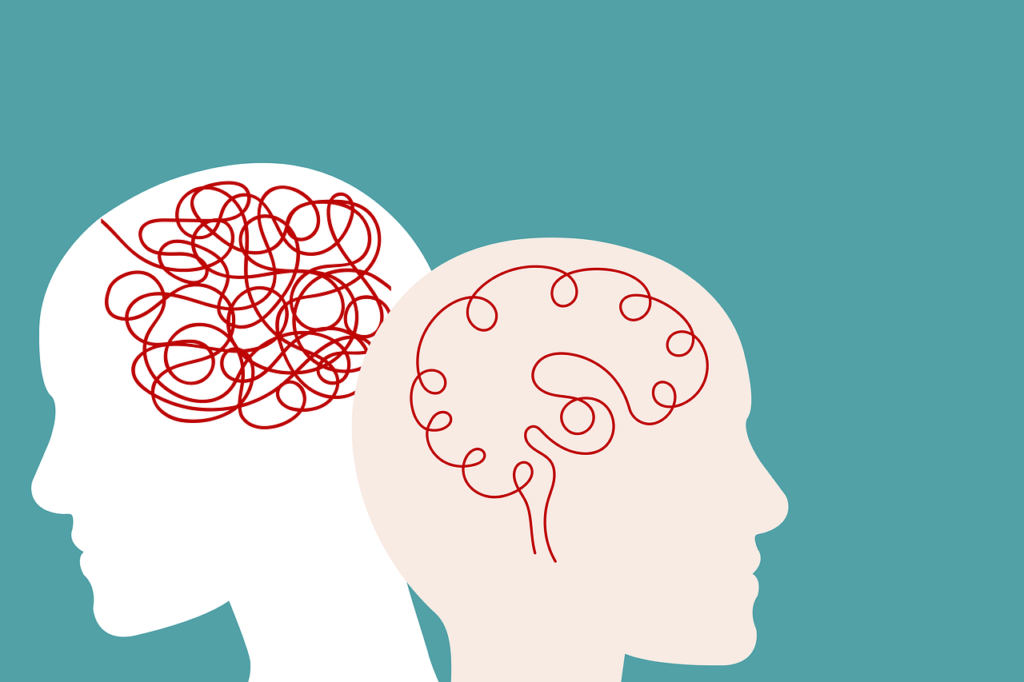
Individuals who report microdosing frequently do so to aid in the relief of stress, anxiety, or depressive symptoms. According to one study, a significant number of people chose to attempt microdosing because it improved their mental health, with 44% of participants saying this was the case.
Participants in a different study that was published in the journal Frontiers in Psychiatry were questioned about their experiences with microdosing via an online survey. All study participants were older than eighteen and had a diagnosis of one or more mental health disorders. The findings indicated that while many participants believed microdosing to be less helpful than typical dosages of psychedelics, it was still more effective than several other forms of conventional treatment.
Creativity
One of the most frequently mentioned advantages of microdosing is increased creativity, but it’s also one of the hardest to quantify. Although people may believe they are more creative, this perception may not always translate into increased ingenuity and problem-solving skills in the real world.
Respondents do report feeling more focused, mindful, and involved with their surroundings, even though further research is necessary. Benefits include increased receptivity, curiosity, perspective-shifting, and general sensations of creativity.
Well-being
People often report feeling happier, calmer, more at ease, feeling more in control of their emotions, having less depression symptoms, feeling more optimistic, and having a more positive attitude on life.
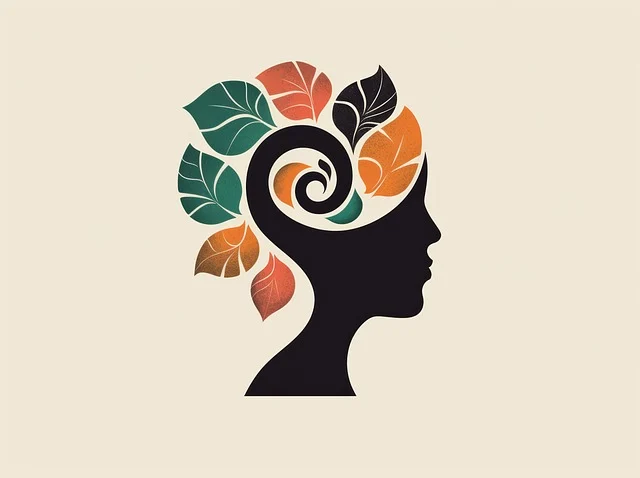
Benefits to cognition and society are also frequently mentioned. These include things like increased extraversion, better mental clarity, and more empathy.
Those who have experimented with microdosing also frequently mention a variety of additional alleged advantages, such as the overall absence of adverse effects, the freedom to adjust the dosage, and the novelty of the procedure itself.
Risks of Microdosing
Not everyone is suited for microdosing. Many who give it a try might find the results unsatisfactory. Some individuals may be extremely susceptible to the chemicals found in popular hallucinogens. Others who have used microdosing report adverse consequences like:
- diminished concentration
- lower energy
- deteriorated mood,
- elevated anxiety,
- uncomfortable thoughts or feelings
Those who have underlying mental health conditions may also want to stay away from microdosing. Those with anxiety problems may be among them; they may discover that the practice exacerbates their anxiety and other characteristics like neuroticism.
Microdosing may be overly stimulating for people who have a history of psychotic disorders, such as schizophrenia, bipolar disorder, or other disorders. Furthermore, the majority of substances that individuals microdose are prohibited.
For example, hallucinogens, like LSD and peyote, are classified as Schedule 1 drugs by the Drug Enforcement Administration (DEA) because they have “no currently accepted medical use and a high potential for abuse.”
Despite the fact that many may object to this scheduling, it is still generally illegal to possess or use these substances. This fact raises the danger level associated with microdosing. It’s possible for drug tests that look for these compounds to detect microdose.
Summary
Taking very small doses of traditional hallucinogens, such LSD or psilocybin mushrooms, is known as microdosing. There are no discernible alterations in consciousness or sensations brought on by very low dosages.
Advocates claim that the practice lessens anxiety, enhances mental health, and may even help the individual stay creative or focused throughout the day. Unfortunately, there hasn’t been much formal research done on this practice yet, in part because the majority of chemicals used in microdosing are illicit and challenging to study.
Microdosing is not appropriate for everyone, and individuals with symptoms or illnesses related to mental health issues shouldn’t utilize it in place of other treatments.

